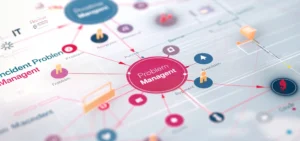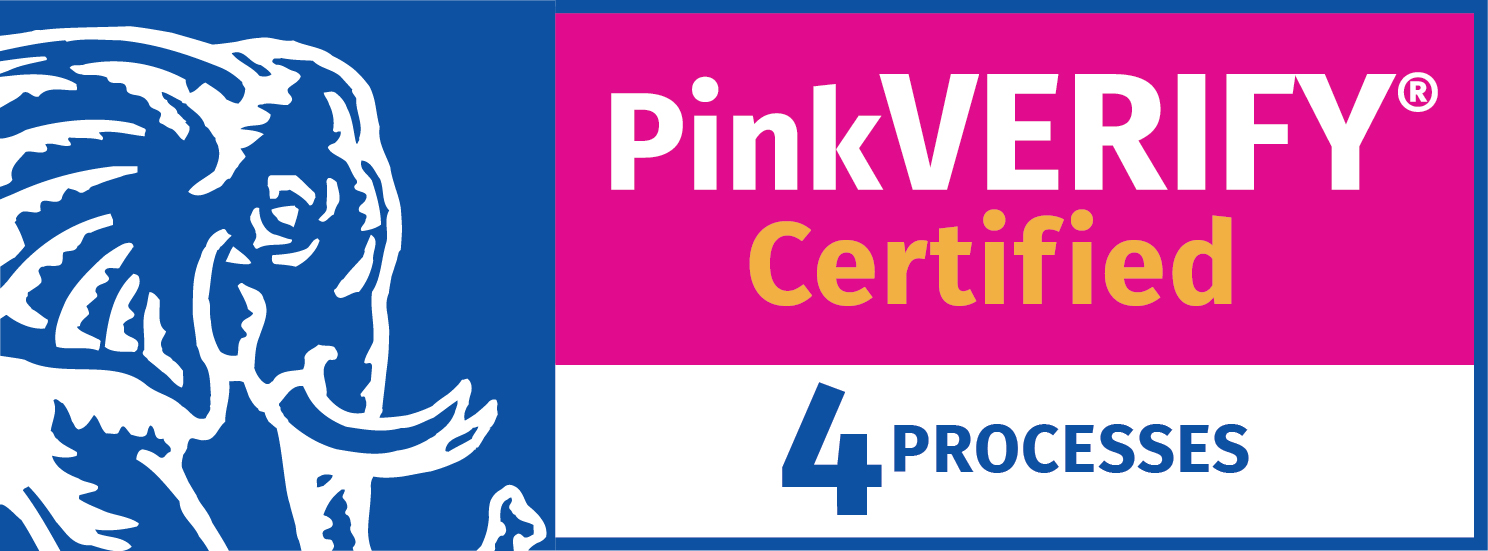Becoming Michael Phelps or Jenny Thompson takes more than athletic genes. It demands intense dedication, physical conditioning, and mental strength.
An Olympic swimmer at the top of their game has been through years of rigorous training, daily drills, and tests of endurance. While only the tiniest number of people make it to the top leagues in sports, there is much inspiration we can take from them to reach our goals, whatever they may be.
Including our goal to succeed in ITSM.
IT Managers: Are you training for peak ITSM performance?
A typical IT organization has hundreds of endpoints and end users, all of whom need smooth, functioning IT systems to do their job and keep the business operating. Unexpected downtime, data security threats, and hundreds of other incidents may occur at any given time and the price the organization pays for it is high.
IT Service Management is not an Olympic sport, but maintaining peak performance in IT service delivery requires many of the same qualities: skill, endurance, and discipline.
- Skill: A thorough, up-to-date understanding of IT networks, hardware, and software, and a willingness to keep learning and building expertise.
- Endurance: The ability to keep on going, no matter how many IT tickets you’re handling. (The average number of tickets for a company of 1000 employees is 540 per month!)
- Discipline: The commitment to adhere to ITSM and ITIL best practices, so that performance is always optimized to industry standards.
Whether fixing a printer, troubleshooting an unstable internet connection, or updating software to avoid downtime, IT managers need a framework and tools that enable the provision of fast, accurate Incident Management.
Olympic competition vs ITSM: How to Excel
An Olympic athlete wakes up every day before dawn to start their training as early as possible. They are completely dedicated to their craft, and keeping such a demanding schedule demands a strict discipline.
However, this pays off in consistency. The consistency of daily training and drills is the best possible way to build the muscle and stamina necessary to enter the highest echelons of sport.
Incident management best practices: Be consistent
In ITSM, maintaining consistent adherence to processes is also key. Just like an athlete who trains according to the most rigorous schedule every day without fail, IT managers excel at Incident Management by consistently applying the best practices. For example:
- Single Point of Contact (SPOC): According to ITIL, establishing a Service Desk as the SPOC for all incidents is essential. This ensures that all users have a clear and simple way to report issues. IT Care Center, for example, is a centralized platform that acts as SPOC for all ITSM requests in an organization. It is accessible via multiple digital channels, including portal, chatbot, mobile, email, Slack, MS Teams, and WhatsApp, so communications are streamlined and the organization is aligned.
- Categorizing and prioritizing incidents: IT incidents should be categorized according to their type (ie., hardware, software, network) and prioritized according to their impact and urgency. For instance, an overdue software update that is affecting uptime is an urgent, high priority case and should be resolved first, while replacing a screen in a rarely used meeting room is lower priority and can wait for later.
- Logging, tracking and escalating incidents: Ensure all incidents are logged in a centralized ITSM system, such as IT Care Center helpdesk. Logs should include incident description, affected services, user details, and timestamps. The initial diagnosis and resolution may include automated processes that reduce manual intervention and save time and resources for the IT team. However, if the problem cannot be resolved with a hands-off approach, then it should be escalated to higher support levels.
ITSM “coach”: Continuous improvement
If you’re an avid Olympics fan, you’ve probably heard of Ryan Lochte, the 12-time US swimming medalist. Yet you may not have heard of Gregg Troy, the coach whose rigorous training he credited with getting him prepped for the 2012 games. Troy has coached over 75 Olympians and helped many athletes achieve records both in the US and internationally. The athlete is the “star”, but without the coach, they could not get the gold.
Coaches provide critical guidance and feedback that helps athletes continuously improve, keeping them on track for the win.
A solid Incident Management framework does the exact same thing, with ongoing monitoring and feedback of IT service performance. By analyzing the data around issue responses and resolution workflows, IT teams can discover weak spots in the service chain, and aim towards better and faster service delivery.
Like a good coach, IT Care Center supports tracking and monitoring of ITSM performance, so you can continuously improve and excel.
Post-incident review: Beyond the game
You win some, you lose some, but then you get up and get back into the game.
A good ITSM practice includes a thorough review after major incidents to identify root causes and areas for improvement. These reviews are critical to prevent future occurrences and to optimize for various contingencies.
After an Olympics competition, however the race goes, athletes also examine their performance with an honest and open eye. There is almost always room for improvement, in elite sport and in Incident Management. Track and report on incident management metrics, such as the number of incidents, resolution times, and user satisfaction. Use this data, together with KPIs and industry best practices, to ensure a meaningful review process that contributes to improvement efforts.
ITSM: The decathlon and how to win it
Like a decathlon, IT Service Management requires different skills to handle different problems, and the agility to move smoothly from one challenge to the next. The best way to handle diverse challenges is to prepare rigorously, so you are aware of what’s coming around the corner and can optimize your response capabilities as needed.
The ability to recover after IT incident resolution and move rapidly to the next incident demands resilience, something that Olympic athletes know a lot about. Being resilient, both physically and mentally, is crucial for athletic performance. Resilience in IT teams and leveraging robust tools that support Incident Management are your keys to winning the ITSM ‘decathlon’.
ITCC & Olympians: A Comparison
| Olympic athletes | ITCC - IT Service Management |
|---|---|
| Rigorous training and drills | Continuous improvement and knowledge development |
| Discipline and consistency | Adherence to best practices and ITIL guidelines |
| Skill and agility | Rapid incident detection and resolution |
| Performance monitoring | Service level measurement and reporting |
| Strategy and planning | Incident prioritization and categorization |
| Resilience and adaptability | Root cause analysis and problem management |
| Feedback and coaching based on athletic performance | Post-incident reviews using advanced analytics and reporting tools |
| Support systems – mental, physical and emotional | Centralized service desk and knowledge base |
| Goal-oriented – eye on the gold medal! | Focus on ITSM goals: minimizing incident resolution times, maximizing productivity and profitability |
Case in point: Applying Olympic principles to ITSM
At ITCC, we’re not Olympic athletes, but we do know what it takes to play the long game at ITSM and to win.
Our comprehensive ITSM platform is used by companies worldwide, leveraging the principles of Olympic success to get results.
The game plan to implement and optimize the ITCC platform covers four broadly defined stages:
- Assessing the IT environment and requirements to ensure a perfect match with ITCC.
- Integrating ITCC with existing IT infrastructure.
- Comprehensive training sessions with employees to ensure proficiency in using ITCC.
- Ongoing support to address any issues, ensuring smooth operation of the ITCC platform.
The results? Gold!
With ITCC’s centralized management and automated workflows, IT managers can significantly improve response and resolution times, and boost overall efficiency of ITSM. With advanced analytics and reporting capabilities, IT teams can benefit from data-based insights into service performance and help identify areas for improvement over time. And with seamless omnichannel access to the platform via multiple channels, your employees or end users enjoy a customer-first digital experience that boosts satisfaction and compliance.
The Olympics happen once every 4 years. Good ITSM impacts every day.
Are you feeling inspired by the Olympic athletes on your screen? Do you want to emulate their skill, endurance, and discipline in your ITSM, and help your organization to win?
Contact IT Care Center and we’ll be happy to “coach” you towards ITSM resilience, just as we’ve done for many companies across industries.





